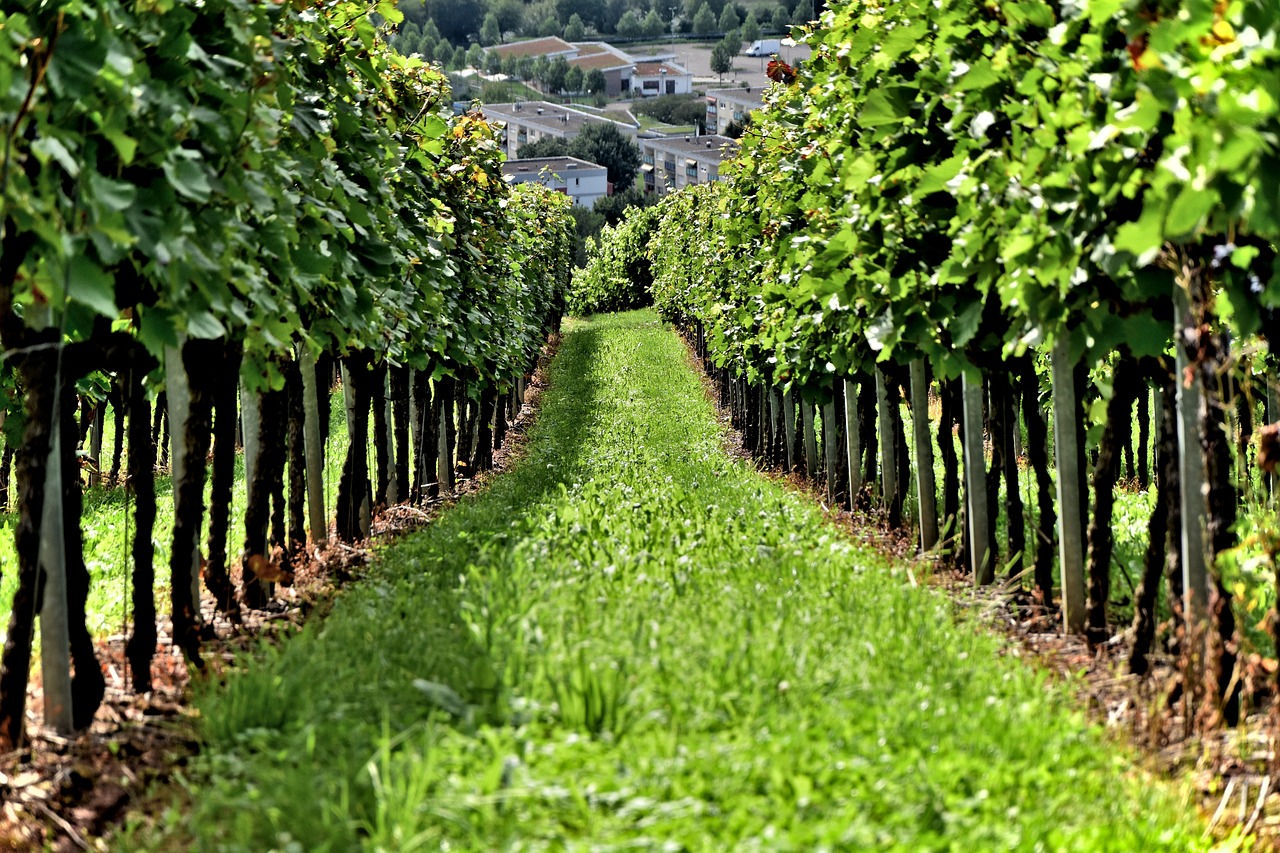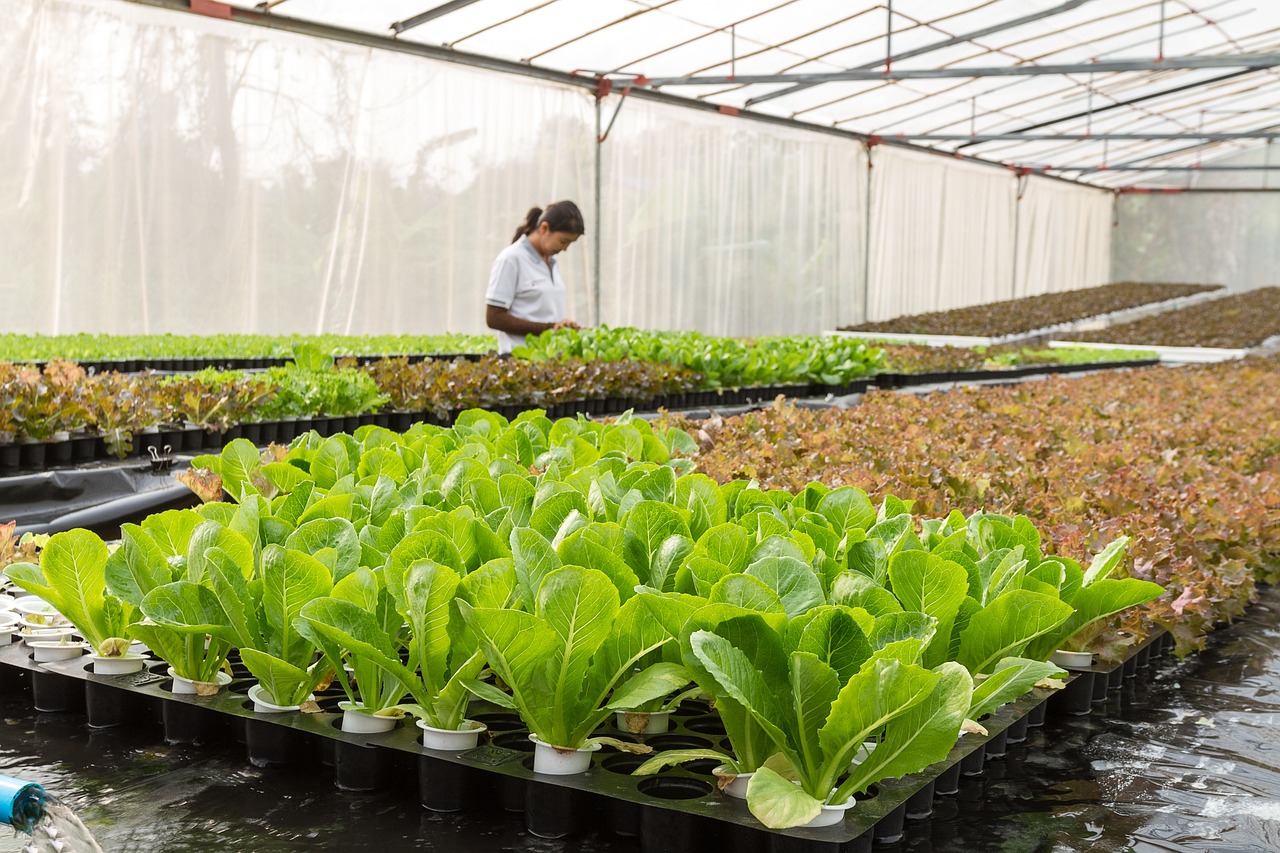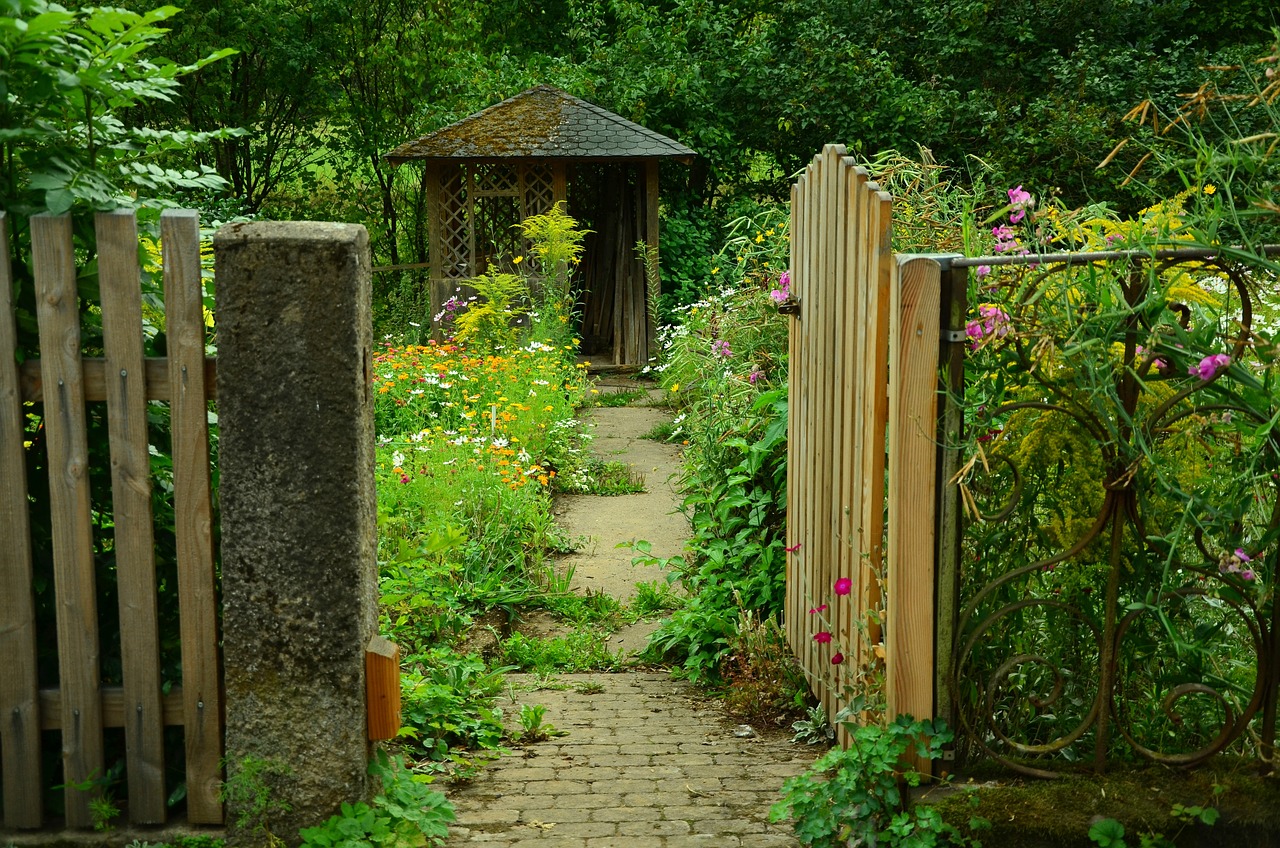Are you looking for a sustainable and cost-effective way to water your garden? Look no further than rainwater harvesting!
By collecting and storing rainwater, you can provide your plants with the natural hydration they need while also benefiting the environment and your wallet.
Rainwater harvesting allows you to conserve water and save money on your water bill. Instead of relying solely on tap water, which can be expensive and may contain chemicals that are harmful to plants, you can use the free and natural resource of rainwater.
Plus, by reducing your reliance on municipal water sources, you’re helping to alleviate the strain on local water supplies.
So why not take advantage of the abundant rainfall and start harvesting rainwater for your garden today?
Conserving Water and Saving Money
You’ll be able to conserve water and save money by implementing rainwater harvesting into your garden maintenance routine.
By collecting rainwater, you reduce your reliance on municipal water supplies, which can be expensive and subject to seasonal restrictions. You’ll also be able to keep your garden healthy and lush without having to worry about water bills.
In addition to the financial savings, rainwater harvesting is an eco-friendly way to conserve water. By using rainwater instead of municipal water, you reduce the strain on local water sources and help to prevent water shortages during droughts.
It’s a simple but effective way to reduce your carbon footprint and contribute to a more sustainable future.
Improving Soil Health and Fertility
By using rainwater, you’re able to enrich the soil in your garden and promote healthier plant growth. Rainwater is free of the chemicals found in tap water, making it a more natural choice for your garden. It also contains essential nutrients that plants need to thrive, such as nitrogen, phosphorus, and potassium.
To further enhance the health of your soil, you can use composting techniques and organic fertilizers. Composting is the process of breaking down organic matter, such as food scraps and yard waste, into a nutrient-rich soil amendment. Adding compost to your garden can improve soil structure, increase water retention, and provide a source of nutrients for your plants.
Organic fertilizers, made from natural materials such as bone meal and fish emulsion, can also help promote healthy soil and plant growth. By incorporating these techniques into your gardening practices, you can create a sustainable and thriving garden that benefits both you and the environment.
Providing Optimal pH Levels for Plants
Did you know that plants have different pH level requirements for optimal growth and health? Soil acidity plays a crucial role in determining the pH level of soil, which in turn affects plant growth.
Some plants prefer acidic soil with a pH level between 5.5 and 6.5, while others thrive in alkaline soil with a pH level above 7. By harvesting rainwater, you can control the pH level of your garden soil and provide optimal conditions for the plants to grow.
Rainwater is naturally acidic with a pH level of around 5.6. When you harvest rainwater, you can use it to water plants that prefer acidic soil. By avoiding the use of tap water, which can be alkaline due to the addition of chemicals such as chlorine and fluoride, you can maintain the natural pH level of your soil.
This can lead to better plant growth, increased yield, and improved overall health of your garden. So, start collecting rainwater and give your plants the best chance to thrive!
Reducing Soil Erosion
Soil erosion can be a major issue for gardeners, but there are effective ways to combat it. One of the best ways is to use rainwater harvesting to prevent runoff and enhance drainage. By collecting and using rainwater, you can reduce the amount of water that runs off your property and into storm drains, which can lead to soil erosion and pollution.
Rainwater harvesting can also help to enhance drainage in your garden. When rainwater is collected and stored, it can be used to irrigate your plants and help them grow more efficiently. This can help to prevent soil erosion by reducing the amount of water that is lost through runoff, and it can also help to prevent waterlogging by ensuring that excess water is drained away from your plants.
Overall, rainwater harvesting is a great way to reduce soil erosion and enhance the health of your garden.
Supporting Biodiversity and Wildlife Habitat
To support biodiversity and create a thriving wildlife habitat in your yard, it’s important to incorporate a variety of native plants and trees that provide food and shelter for local animals.
By collecting and using rainwater to water these plants, you can create ecosystems that support the health and well-being of your local wildlife.

Rainwater harvesting helps to irrigate your garden with water that is free from chemicals and pollutants, which can be harmful to plants and animals.
This water also helps to attract pollinators, such as bees and butterflies, which are essential for the reproduction of many plants.
In turn, these plants provide food and habitat for a variety of animals, including birds, small mammals, and insects.
By incorporating rainwater harvesting into your gardening practices, you can create a sustainable and thriving ecosystem that supports the health of your local wildlife.
Frequently Asked Questions
What are the initial costs of setting up a rainwater harvesting system?
Looking to set up a rainwater harvesting system? The initial investment can vary depending on the size and complexity of the system, but the long term savings on your water bill make it worth it.
How often should the collected rainwater be used in the garden?
To maximize the storage capacity of your rainwater harvesting system, use the collected rainwater frequently. The frequency of usage will depend on the amount of rainfall and the size of your storage tank.
Can rainwater harvesting systems be used in areas with low rainfall?
If you live in an arid region, rainwater harvesting can still be useful. It’s an important aspect of water conservation in gardening. You can collect and store rainwater during the rainy season to use during dry spells.
What types of plants benefit the most from rainwater irrigation?
For best practices with rainwater irrigation, focus on plants that benefit most. Optimal watering schedule depends on the type of plant and soil. Balancing moisture ensures healthier roots and optimal growth.
What are some common mistakes to avoid when setting up a rainwater harvesting system?
When setting up a rainwater harvesting system, common mistakes include not properly sizing the system, neglecting to clean gutters and filters, and failing to troubleshoot problems with leaks or overflows. Avoid these issues by planning ahead and staying vigilant during maintenance.
Conclusion
Congratulations! You’ve learned about the numerous benefits of rainwater harvesting for your garden.
By collecting and using rainwater, you can conserve water and save money on your water bill. Additionally, rainwater can improve soil health and fertility, provide optimal pH levels for plants, and reduce soil erosion.
But the benefits don’t stop there. Rainwater harvesting can also support biodiversity and create a habitat for wildlife in your garden.
So why not start harvesting rainwater today? With a little effort, you can improve your garden and do your part in conserving water and supporting the environment.
So go ahead and try it out – your garden (and wallet) will thank you!










